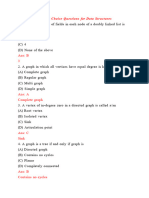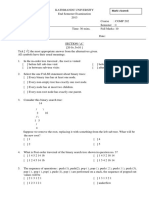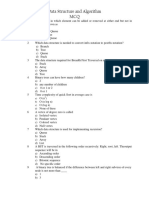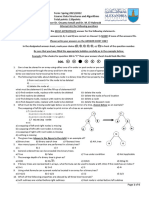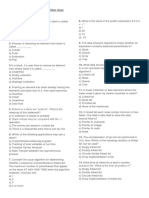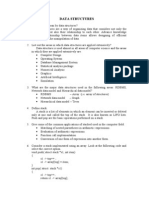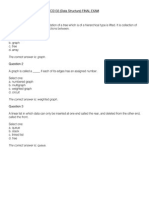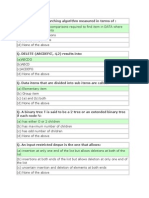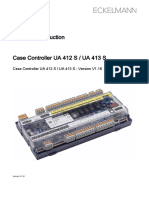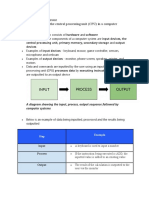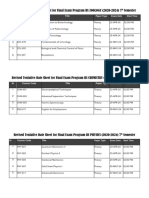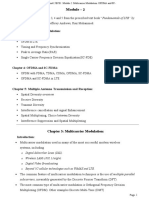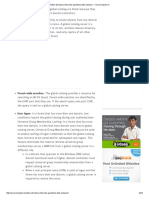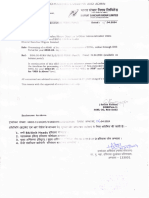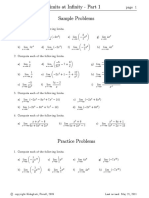0% found this document useful (0 votes)
56 views9 pages201 Data Structures Quiz Questions
The document consists of a series of multiple-choice questions related to data structures, including queues, stacks, arrays, linked lists, and binary trees. It tests knowledge on concepts such as traversal methods, tree types, and basic operations in data structures. Each question provides four answer options, from which the respondent must select the best answer.
Uploaded by
danilobest2004Copyright
© © All Rights Reserved
We take content rights seriously. If you suspect this is your content, claim it here.
Available Formats
Download as PDF, TXT or read online on Scribd
0% found this document useful (0 votes)
56 views9 pages201 Data Structures Quiz Questions
The document consists of a series of multiple-choice questions related to data structures, including queues, stacks, arrays, linked lists, and binary trees. It tests knowledge on concepts such as traversal methods, tree types, and basic operations in data structures. Each question provides four answer options, from which the respondent must select the best answer.
Uploaded by
danilobest2004Copyright
© © All Rights Reserved
We take content rights seriously. If you suspect this is your content, claim it here.
Available Formats
Download as PDF, TXT or read online on Scribd
/ 9



